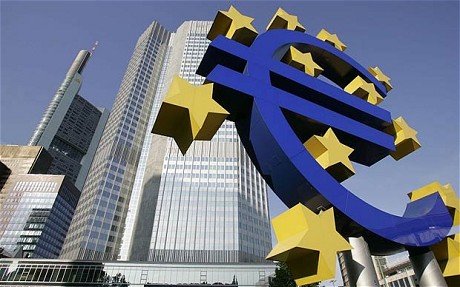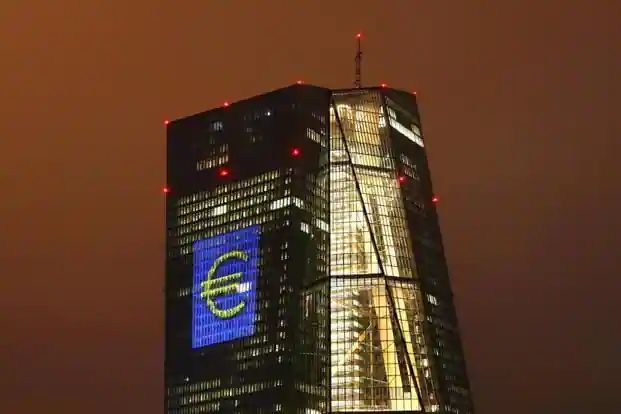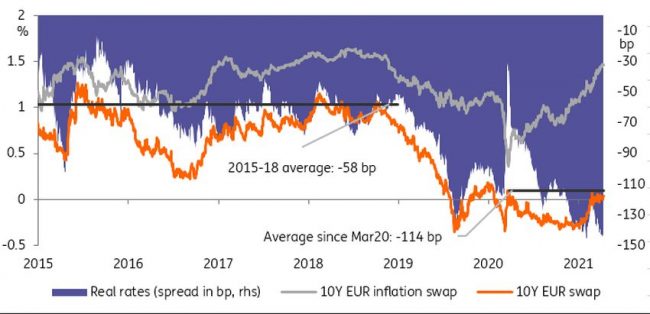The minutes of the ECB’s June meeting show that the rift between hawks and doves is back. Against the background of yesterday’s strategy review presentation, the 22 July meeting will be extremely interesting, said ING analysts.
After announcement of the results of the ECB’s strategy review, the just released minutes of the June meeting make us curious about what has happened behind the scenes. According to the minutes, the rift between hawks and doves, last seen in mid-2019, seems to be back with some ECB members arguing in favour of a small reduction of asset purchases.
The minutes shed a somewhat less benign light on the ECB’s take on inflation than presented during the press conference after the June meeting. While members ‘widely agreed’ with the view of higher inflation being mainly transitory, there also seemed to have been concerns about a less sluggish pass-through from producer to consumer prices than in the past. Some member even argued that “there could be upside risks not only over the shorter term but also over the medium term”.
The point for reduced asset purchases was made on the back of more favourable financing conditions as well as an improved economic outlook, stressing that “the PEPP was an emergency programme with a limited time span. Concerns were also expressed about potential side effects if the highly accommodative monetary policy stance was maintained much longer because it might hinder structural change in the corporate sector and resource reallocation in the labour market. In addition, property price dynamics were accelerating.” When followed by a sentence like “most members expressed their readiness to join a broad consensus behind the proposal by Mr Lane”, such a discussion means that there is growing opposition.
The 22 July meeting will be very interesting
If anything, the results of the ECB’s strategy review introduced more dovishness. A slightly higher inflation target and symmetry, if taken at face value, would imply that the ECB will not only look through one-off factors pushing up inflation but would also have to stick to QE and low interest rates for longer than previously anticipated. Why? With an inflation forecast of 1.4% in 2023, the current monetary stance is clearly insufficient to reach the (new) target. However, not everyone in the Governing Council seems to share this view. The timing of the results of the strategy review gives the impression that the doves at the ECB tried to stop the hawks with a preemptive strike. At least if you believe in conspiracies. For those who don’t, we will simply have to wait for the 22 July meeting. If yesterday’s announcement will be taken word by word, there won’t be any changes to the asset purchases any time soon. Instead, the ECB should consider increasing the size of the purchases, rather than reducing it. If nothing changes and the ECB rather stays on track to an eventual tapering, yesterday’s strategy review will only have been a formalization of current policies, or in other words a formalization of doing whatever it takes.





COMMENTS